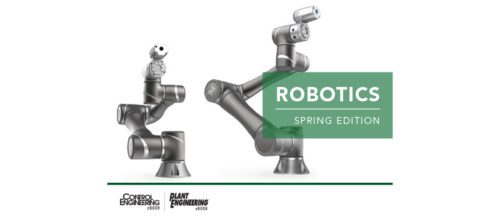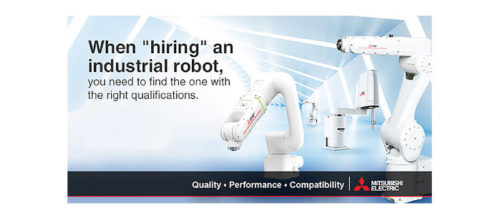Industrial robotic automation types and benefits
There are many different types of automation applications that industrial robots are equipped to handle such as welding, material handling, pick and place, dispensing, and inspection.
Industrial robotics is a big industry and the technology has changed dramatically in the past few decades, as has the volume and variety of deployments. It may seem difficult to find a starting point for companies and users who are now to the industrial robotics industry.
Types of industrial robotic automation
There are many different types of automation applications that industrial robots are equipped to handle. Often, robots are designed or integrated with a specific task in mind and tailored to meet the unique needs of that task. Some common forms of industrial robotic automation include:
- Robotic welding
- Robotic material handling and packaging
- Robotic pick and place
- Robotic dispensing
- Robotic cutting
- Robotic non-destructive inspection.
While there are certainly other types of industrial robotic automation, and a myriad of other types of collaborative and service robots, the applications listed above are some of the most common industrial forms of robotic automation.
Industrial robotic automation benefits
Industrial robots have transformed the manufacturing industry for a reason—they come with many bottom-line benefits. Their first and most important benefit is their efficiency. They complete tasks more quickly than manual labors, and their uptime is significantly higher. The combination of speed and uptime leads to higher throughput at lower operating costs.
In addition, industrial robots, when programmed properly, are inherently repeatable. This improves the consistency of production dramatically, boosting overall product quality and reducing waste.
Despite high initial costs, industrial robots often deliver great return on investment (ROI) for companies. The productivity gains from efficiency, consistency and reduced operating costs add up quickly—part of what has made industrial robots so popular among manufacturers over the past decade.
Industrial robots come with many bottom-line benefits, regardless of which type of industrial robot is being implemented. As long as a robot is programmed properly and suited to fit the unique needs of a certain application, it will almost certainly outperform manual labor.
The market for industrial robots is big and growing quickly. The underlying technology changes just as fast. It can be difficult to keep up with the fast pace of change in the robotics industry but understanding the types of industrial robots and the benefits they provide is a great start.
This article originally appeared on the Robotics Online Blog. Robotic Industries Association (RIA) is a part of the Association for Advancing Automation (A3), a CFE Media content partner. Edited by Chris Vavra, production editor, Control Engineering, CFE Media, cvavra@cfemedia.com.
Original content can be found at www.robotics.org.
Do you have experience and expertise with the topics mentioned in this content? You should consider contributing to our CFE Media editorial team and getting the recognition you and your company deserve. Click here to start this process.



